Thimphu: Whispers of the Capital, Echoes of the Past
Introduction
Tashi Delek la! Welcome to Thimphu – the very heart of our beloved Bhutan. As Bhutanese, we hold a deep pride for our capital, and I am truly honored to share its wonders with you. For many visitors, Paro might be your first step into our Kingdom, but Thimphu… Thimphu is where you truly feel the pulse of Bhutan, a place that embodies our unique way of life.
From the moment you arrive in our valley, nestled at a refreshing altitude in the mountains, you will sense something special about Thimphu. The air is clean and crisp, yes, and the mountains are majestic, of course. But it is the spirit of Thimphu, its gentle rhythm, that truly captivates. Imagine, perhaps the most unique capital city on Earth, where we still manage traffic with smiles and hand gestures, not noisy traffic lights! This is Bhutan. This is Thimphu. Here, the whispers of progress are always in harmony with the echoes of our ancient traditions. You will hear the chants from our monasteries, the lively chatter in Dzongkha in the marketplace, the soft rustle of prayer flags carrying blessings on the wind – these are the sounds of our capital, the whispers of Thimphu. And all around you, you will see the living heritage of Bhutan, in our grand Dzongs, our sacred Lhakhangs, and in the warmth of our people.
I am so happy to welcome you to Thimphu, to my home, and to share with you the beauty, the peace, and the unique spirit of our capital Dzongkhag. Come, let us explore Thimphu together, and let me show you why we Bhutanese hold this place so dear in our hearts.
A City of History & Heritage
Our history is the foundation of who we are as Bhutanese, and in Thimphu, you can touch and feel that history in every stone and prayer wheel. These sites are not just tourist spots for us; they are living parts of our heritage:
Tashichho Dzong (The Fortress of Auspicious Religion)
Truly, Tashichho Dzong is the jewel of Thimphu, and a symbol of Bhutan itself. For us, it is more than just a beautiful building; it is the seat of our government, our spiritual leader the Je Khenpo, and our beloved Kings. Rebuilt by the Third Druk Gyalpo, it stands as a testament to our enduring values. Explore its serene courtyards, admire the exquisite Bhutanese art, and if you are fortunate, you might even witness ceremonies or daily prayers. Please remember to dress respectfully – it is a sacred place for us.
National Memorial Chorten
Memorial Chorten
For Bhutanese, the National Memorial Chorten is a place of constant devotion and remembrance. Built in honor of the Third Druk Gyalpo, it is where we come to pray, to reflect, and to find peace. Join us in walking around the Chorten, spinning the prayer wheels – it is a way to collect merit and to connect with our spirituality. Inside, the murals and teachings are deeply meaningful, reflecting Buddhist philosophy and our values.
Simtokha Dzong
Simtokha-DzongStanding proudly at the valley entrance, Simtokha Dzong is a reminder of our history and our unity. Built by Zhabdrung Ngawang Namgyal, it was the first Dzong to be constructed in Bhutan, playing a vital role in establishing our unique identity. Today, it houses the Institute for Language and Culture Studies, ensuring that our Dzongkha language and traditions continue to thrive.
Changangkha Lhakhang
For a truly Bhutanese experience, visit Changangkha Lhakhang. It is not just an old temple; it is deeply connected to our community. Many Bhutanese parents bring their newborns here to receive blessings and auspicious names from the protective deity Tamdrin. And, of course, the view of our Thimphu valley from up there is simply stunning – a view that is truly ours to share with you.
Nature's Embrace in the Capital
We Bhutanese have a deep respect for nature, and even in our capital, we cherish and protect the natural world around us. Thimphu offers these special places to connect with nature:
- Motithang Takin Preserve
The Takin is our national animal, and it is… well, uniquely Bhutanese! The Motithang Takin Preserve is a chance to see these gentle creatures up close in a protected environment. For us, the Takin represents something special about Bhutan – perhaps a bit quirky, but strong and resilient, just like our nation!
- Royal Botanical Garden, Serbithang
For a peaceful escape, the Royal Botanical Garden is a true haven. It showcases the incredible biodiversity of Bhutan, our rich flora, and our deep connection to the land. Take a stroll, breathe in the fresh air, and appreciate the quiet beauty of our natural heritage.
Hiking and Walking Trails
- Buddha Dordenma Walk
- Wangditse Trail
For a slightly more challenging but rewarding hike with panoramic views of Thimphu – Wangditse is a great choice.
- Cheri Monastery Hike
A bit further from Thimphu, but well worth the effort. The hike to Cheri Monastery takes you through beautiful forests to a truly peaceful and historically significant place – it's a hike many Bhutanese enjoy for pilgrimage and recreation.
We Bhutanese love to hike, and Thimphu offers beautiful trails right in our backyard. For a taste of our hiking culture, try:
Wang Chhu River: Our rivers are the lifeblood of Bhutan, and the Wang Chhu flows right through Thimphu, adding a sense of tranquility to our capital. Take a moment to walk by the river, listen to its flow, and appreciate its presence in our city.
Cultural Heartbeat - Thimphu Style
Culture is not just something we preserve in museums; it is alive and vibrant in Thimphu, in our daily lives, in our celebrations. To truly experience Thimphu, you must immerse yourself in our cultural heartbeat:
-
Weekend Market (Centenary Farmers Market): Ah, the Weekend Market! This is where you will see the real Thimphu come alive. It’s more than just a market; it is a social gathering, a place to meet friends, to catch up on news, and of course, to buy the freshest local produce. Walk through the stalls, try some local snacks, and don’t be shy to chat with the vendors – you’ll experience true Bhutanese hospitality there.
-
National Textile Museum: Our textiles are a source of immense pride for us Bhutanese. The National Textile Museum beautifully showcases the artistry, the skill, and the deep cultural significance of Bhutanese weaving. Take your time to admire the ghos and kiras – they are not just clothing, they are works of art and symbols of our identity.
-
Folk Heritage Museum: To understand Bhutan today, it is important to appreciate our rural roots. The Folk Heritage Museum is like stepping into a traditional Bhutanese home. It shows you how Bhutanese families lived, the tools they used, and the simple beauty of our rural way of life. It is a reminder of where we come from.
-
Institute for Zorig Chusum (The Painting School): Our traditional arts and crafts, the Zorig Chusum, are a vital part of our cultural heritage. At the Institute, you can witness young Bhutanese dedicating themselves to preserving these ancient skills. It is inspiring to see this commitment to keeping our traditions alive. These arts are not just crafts; they are expressions of our spirituality and our cultural soul.
-
Buddha Dordenma: The Buddha Dordenma is a modern icon, but deeply rooted in our Buddhist faith. This magnificent statue is a place of pilgrimage, of peace, and of inspiration for Bhutanese and visitors alike. Come and feel the serenity of this place, and take in the breathtaking view of our valley – it is a symbol of peace and prosperity for Bhutan.
-
Thimphu Tshechu (Festival): If you are fortunate enough to visit Thimphu during Tshechu, you will witness Bhutanese culture in its most vibrant and spectacular form. Thimphu Tshechu is not just a performance; it is a deeply spiritual and community event. The masked dances, the music, the traditional costumes – it is a feast for the senses and a profound cultural experience. It is a time when we come together as a community to celebrate our faith and our heritage.
Practical Guide to Thimphu
To help you plan your journey to Thimphu, here are some practical tips, shared with you as a friend:
-
Getting to Thimphu: As you know, our international airport is in Paro. From there, the drive to Thimphu is quite beautiful – about 1.5 hours through our scenic countryside. Relax and enjoy the journey!
-
Getting Around Thimphu: In Thimphu, we walk, we take taxis, and some of us use local buses. It’s a small capital, quite easy to navigate. And yes, no traffic lights! Just watch how our traffic police manage things – it’s a unique Bhutanese style!
-
Accommodation in Thimphu: You will find many comfortable and welcoming places to stay in Thimphu, from luxurious hotels to cozy guesthouses. We Bhutanese are known for our hospitality, so you will be well taken care of, wherever you choose to stay.
-
Food in Thimphu: Ah, Bhutanese food! You must try our ema datshi – it is our national dish, and yes, it can be spicy! But we also have many other delicious dishes – momos, phaksha paa, red rice… In Thimphu, you will find restaurants offering Bhutanese, Indian, Chinese, and even some international cuisines. Don't be afraid to try local restaurants – the food is often very good and authentic.
-
Shopping in Thimphu: For souvenirs, the Weekend Market is a wonderful place, especially for local crafts and textiles. Norzin Lam, our main street, has many shops as well. Look for Bhutanese textiles, wood carvings, thangkas – they make beautiful reminders of your trip.
-
Best Time to Visit Thimphu: Spring and autumn are generally the best times for weather in Bhutan. And if you want to experience Thimphu Tshechu, plan your visit for autumn – it is truly a special time.
-
Local Etiquette and Customs: When you visit Bhutan, we appreciate your respect for our customs. Dress modestly, especially when visiting Dzongs and Lhakhangs. Remove your shoes before entering sacred places. A simple “Kuzu zangpo la” is a warm greeting. And remember, we value peace and tranquility, so please be mindful of noise levels, especially in religious areas.
-
Guides: To truly understand Thimphu and Bhutanese culture, I highly recommend engaging a local guide. They can share so much more than just facts; they can share stories, insights, and perspectives that will enrich your experience in ways you cannot imagine.
Beyond the Tourist Trail in Thimphu
For those who wish to explore a little deeper, beyond the usual tourist spots, let me share a few of my own suggestions, from a Bhutanese perspective:
- The Tranquility of Tango Goemba Hike: Many visit Tiger’s Nest, which is magnificent, of course. But for a truly serene and contemplative hike, try Tango Goemba. The path winds through beautiful forests to a peaceful monastery – it’s a place where you can really feel the spiritual heart of Bhutan.
- Exploring Kuenselphodrang Nature Park beyond the Buddha: The Buddha Dordenma is impressive, but take some time to wander the trails in the surrounding nature park. You’ll find quieter spots, beautiful views, and a sense of peaceful solitude.
- Discovering Villages in Thimphu Valley: Venture beyond Thimphu town and explore some of the villages in the valley. You’ll experience a slower pace of life, see traditional Bhutanese homes, and maybe even share tea with a local family – a truly authentic Bhutanese experience.
- Learning a Bhutanese Art or Skill: Consider taking a short workshop in traditional Bhutanese painting, weaving, or even archery. It’s a wonderful way to connect with our culture on a deeper level and to create a lasting memory of your time in Bhutan.
Conclusion
Thimphu Dzongkhag is waiting to welcome you with open arms and a warm heart. It is a place where the gentle whispers of our capital will soothe your soul, and the echoes of our past will enrich your journey. From the grandeur of our Dzongs to the simple beauty of our daily life, Thimphu offers an experience that is uniquely Bhutanese, an experience that I, as a Bhutanese, am so proud to share with you.
Come, discover the magic of Thimphu, and let the Dragon Kingdom whisper its secrets to you. We hope you will visit us soon, and carry the spirit of Thimphu in your hearts, always. May your journey be blessed, and may you find peace and happiness in our Kingdom.
THANK YOU AND TASHI DELEK!
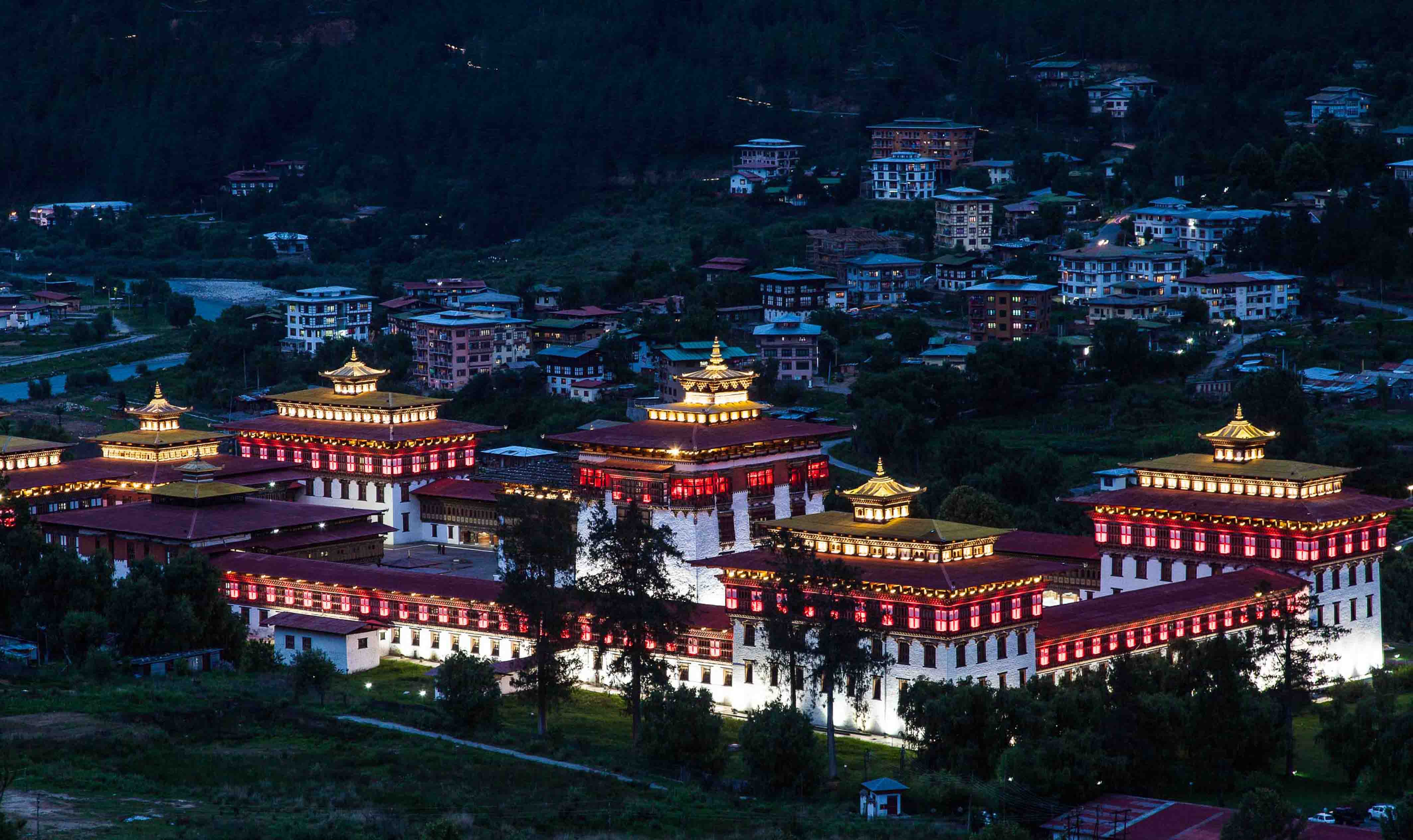
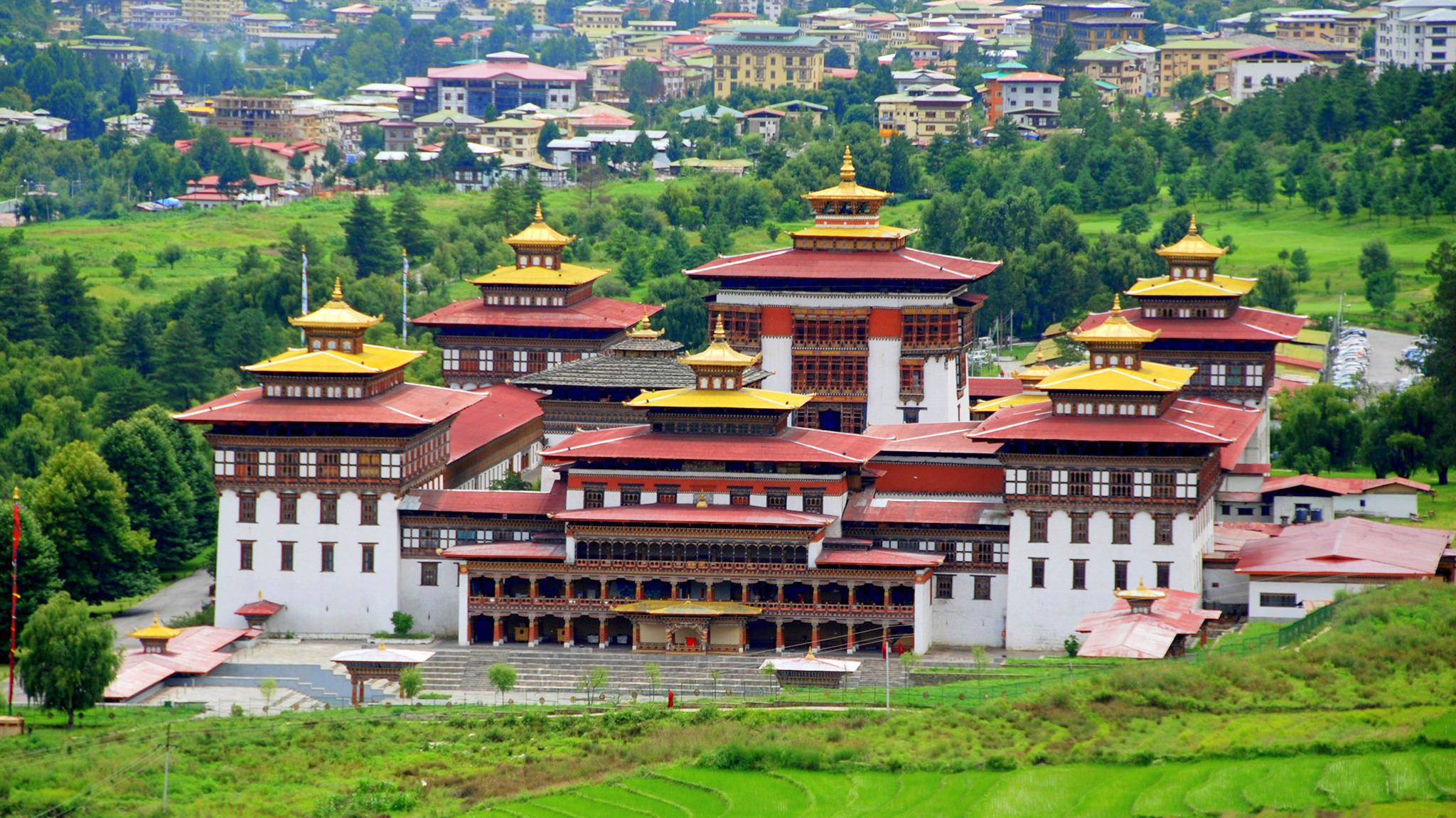


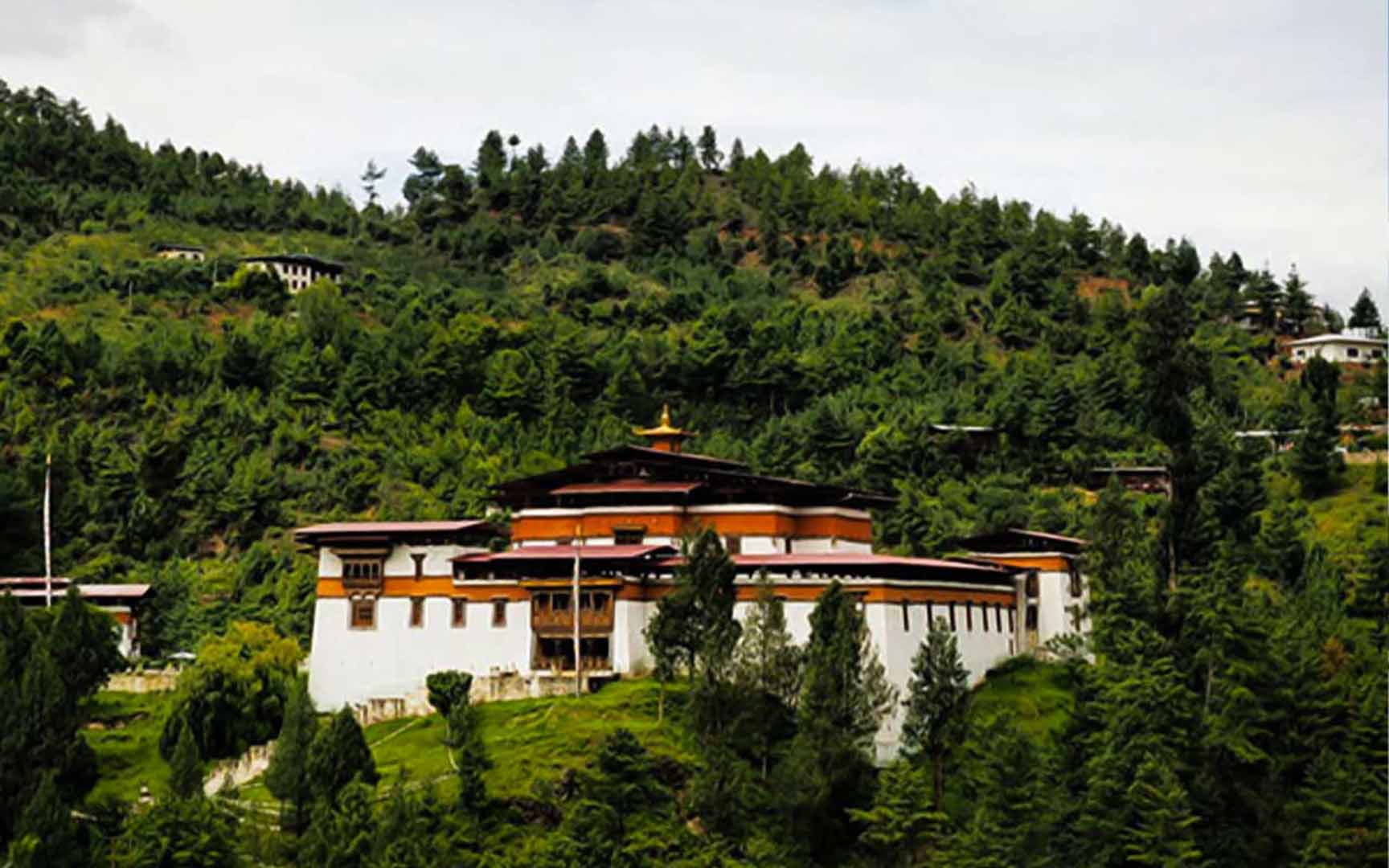


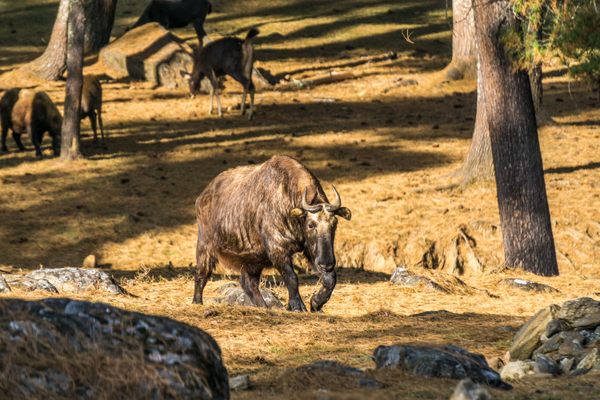





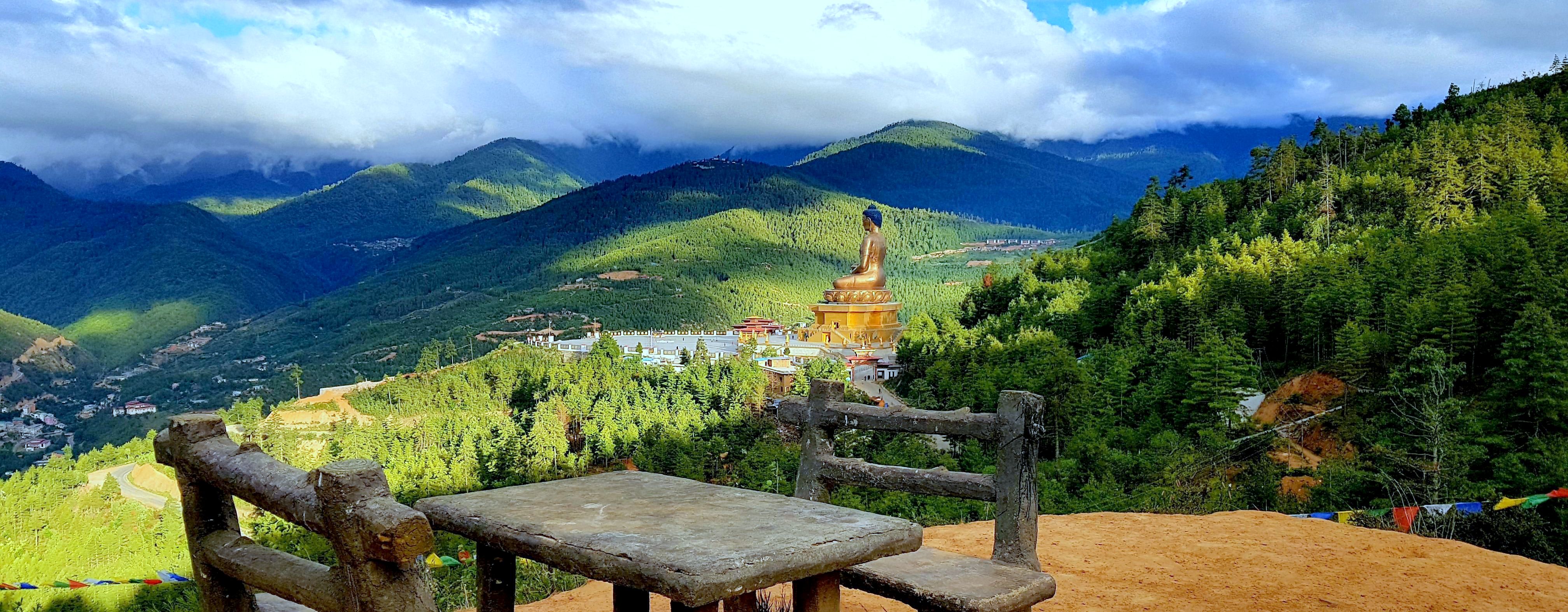

Comments
Post a Comment